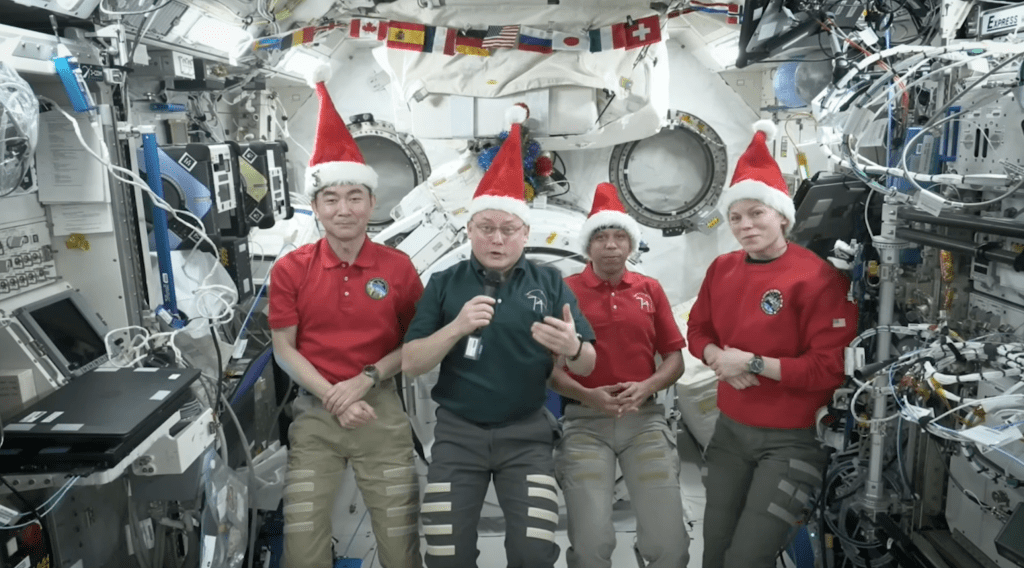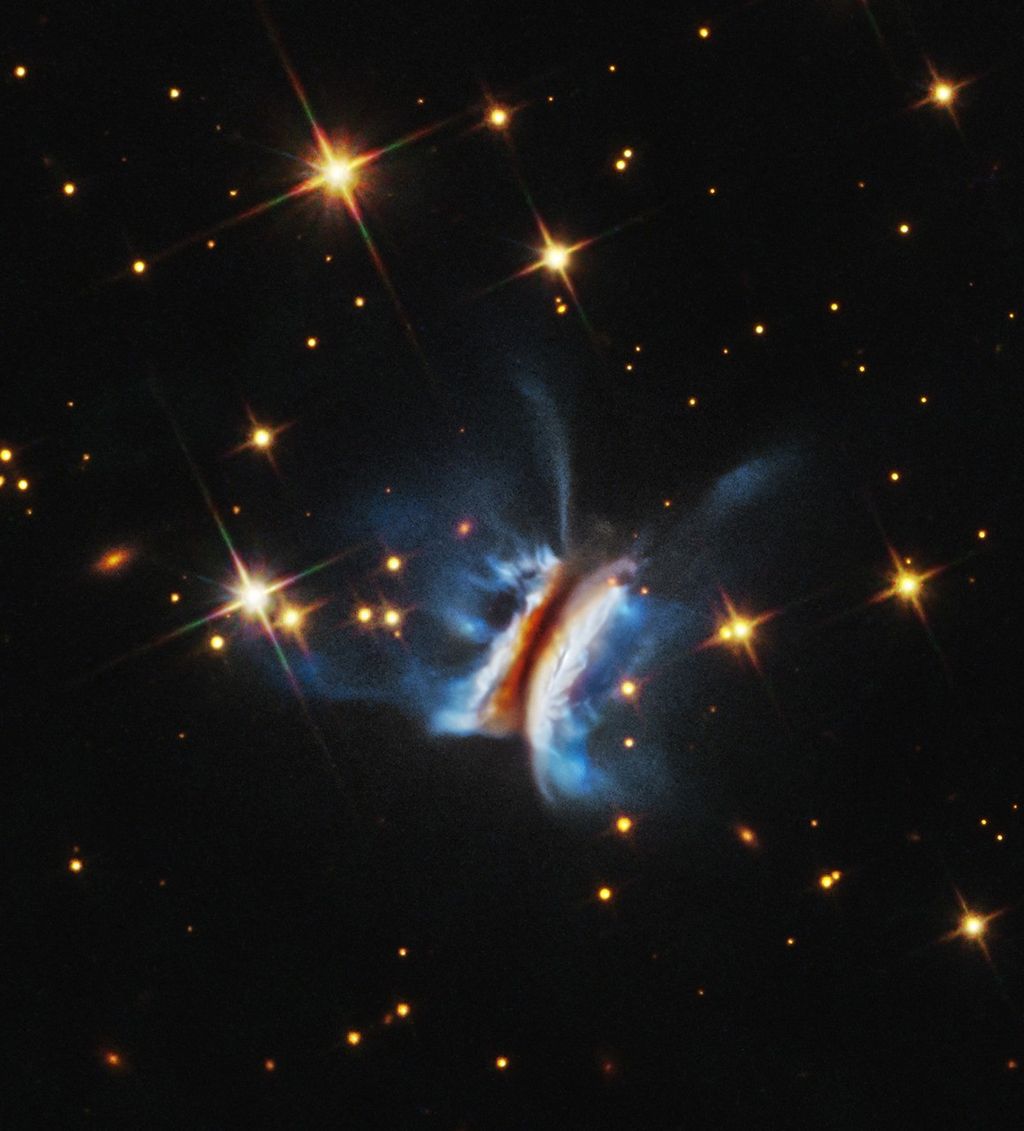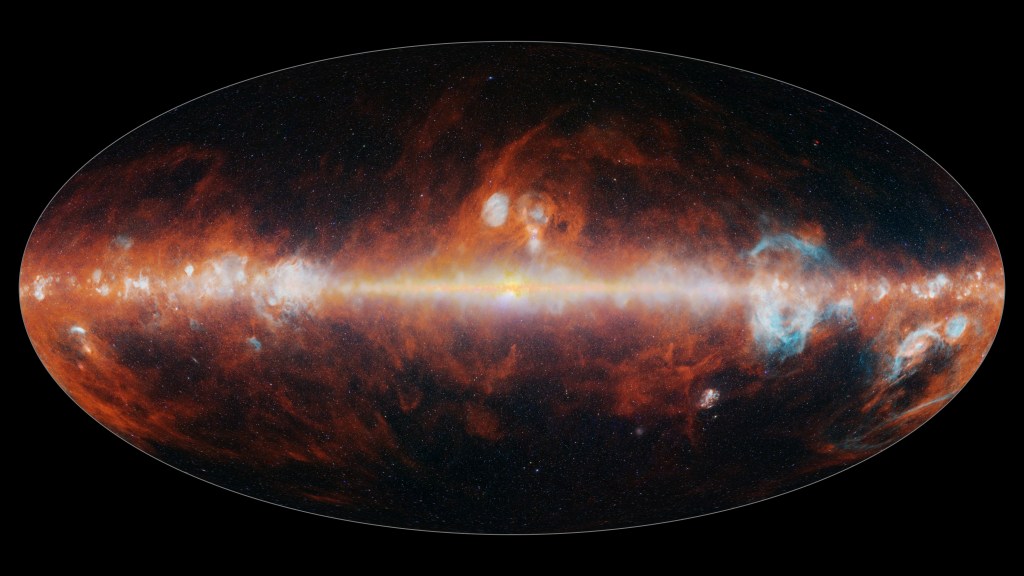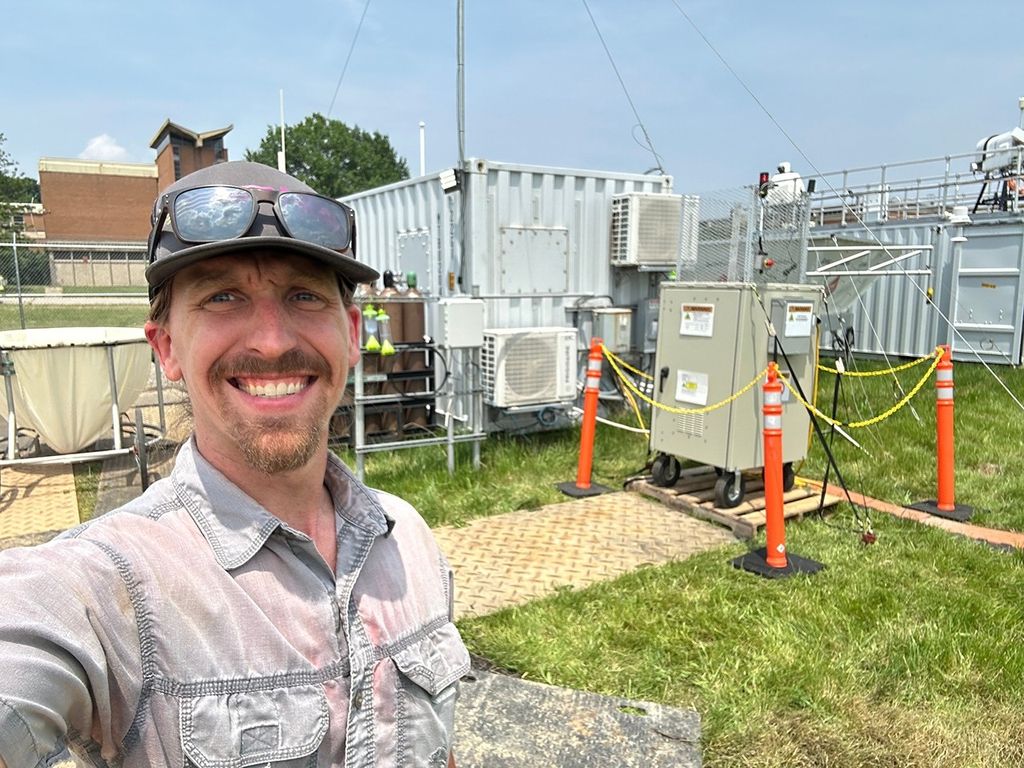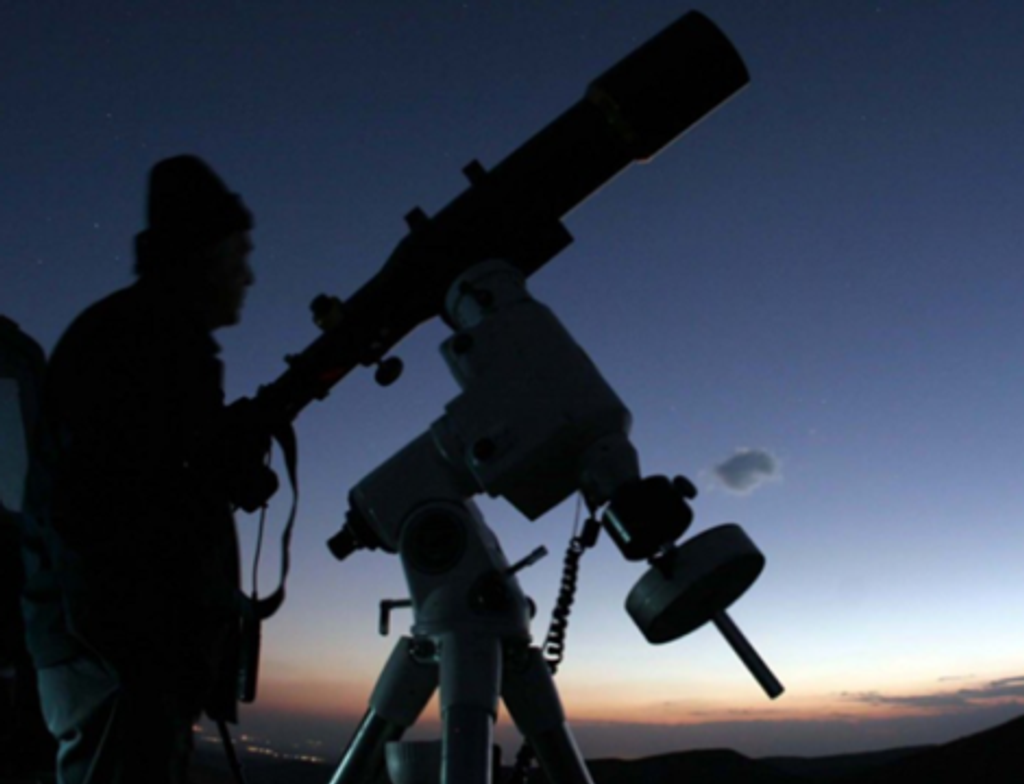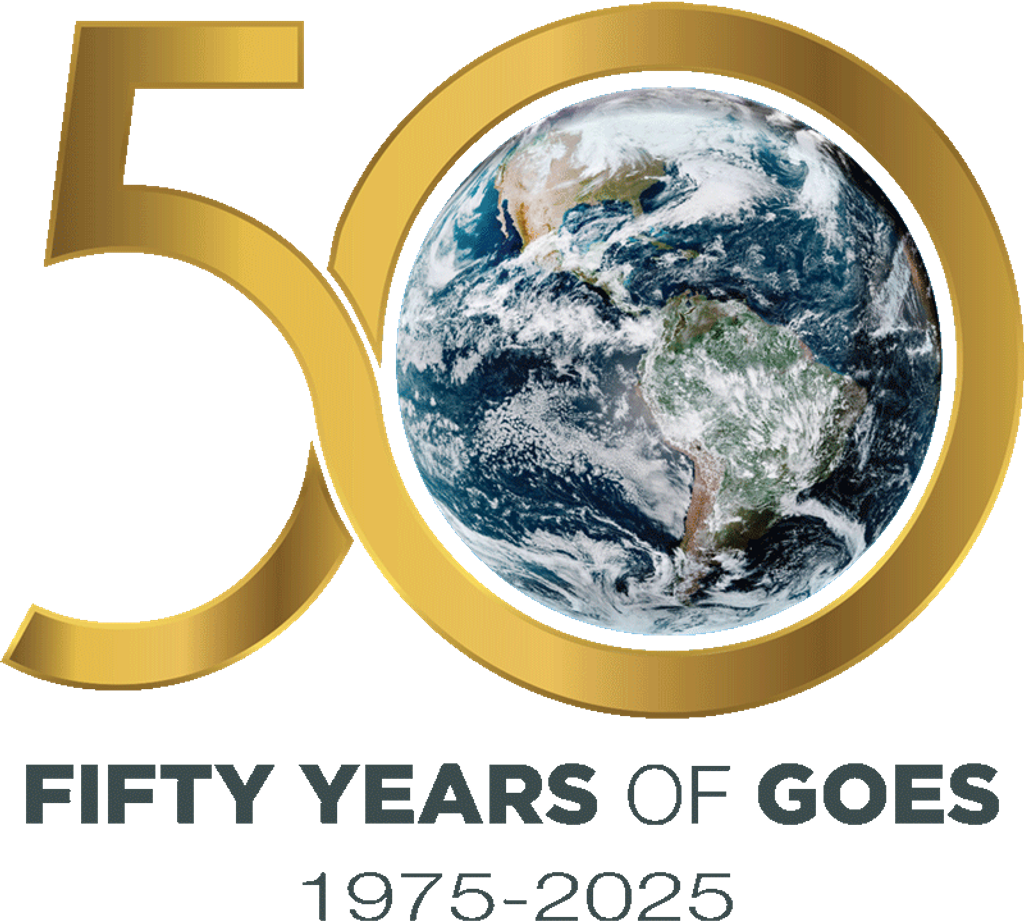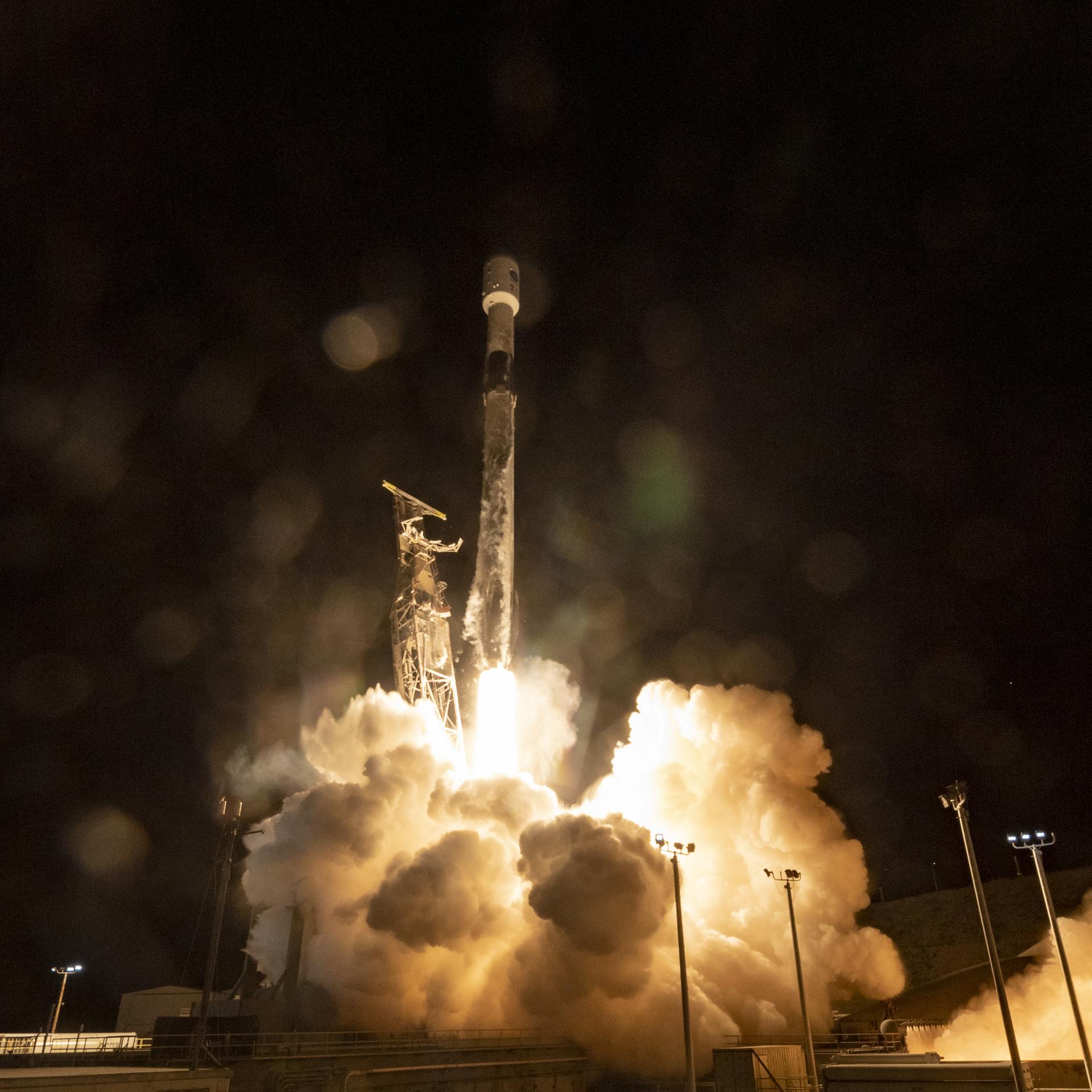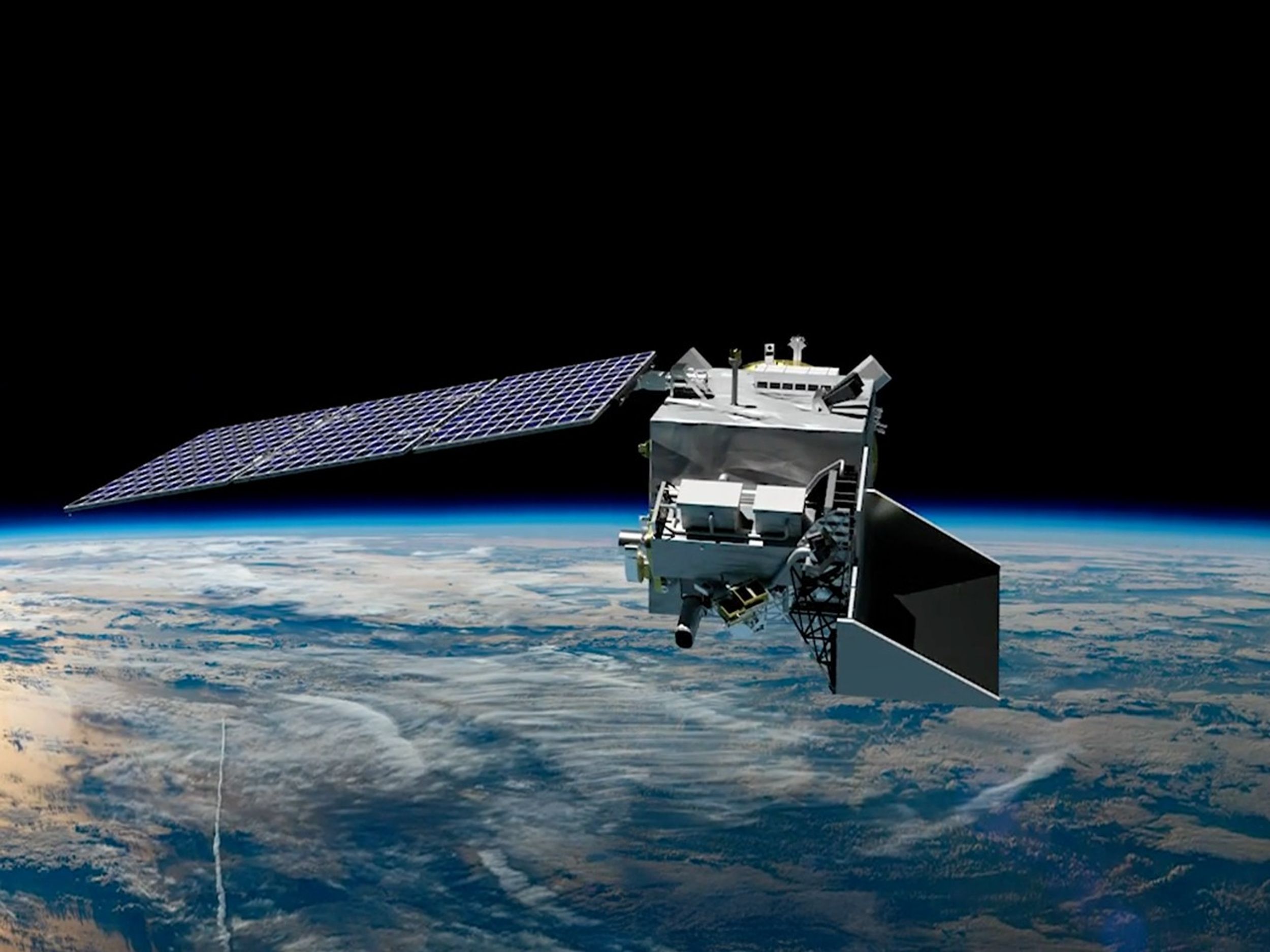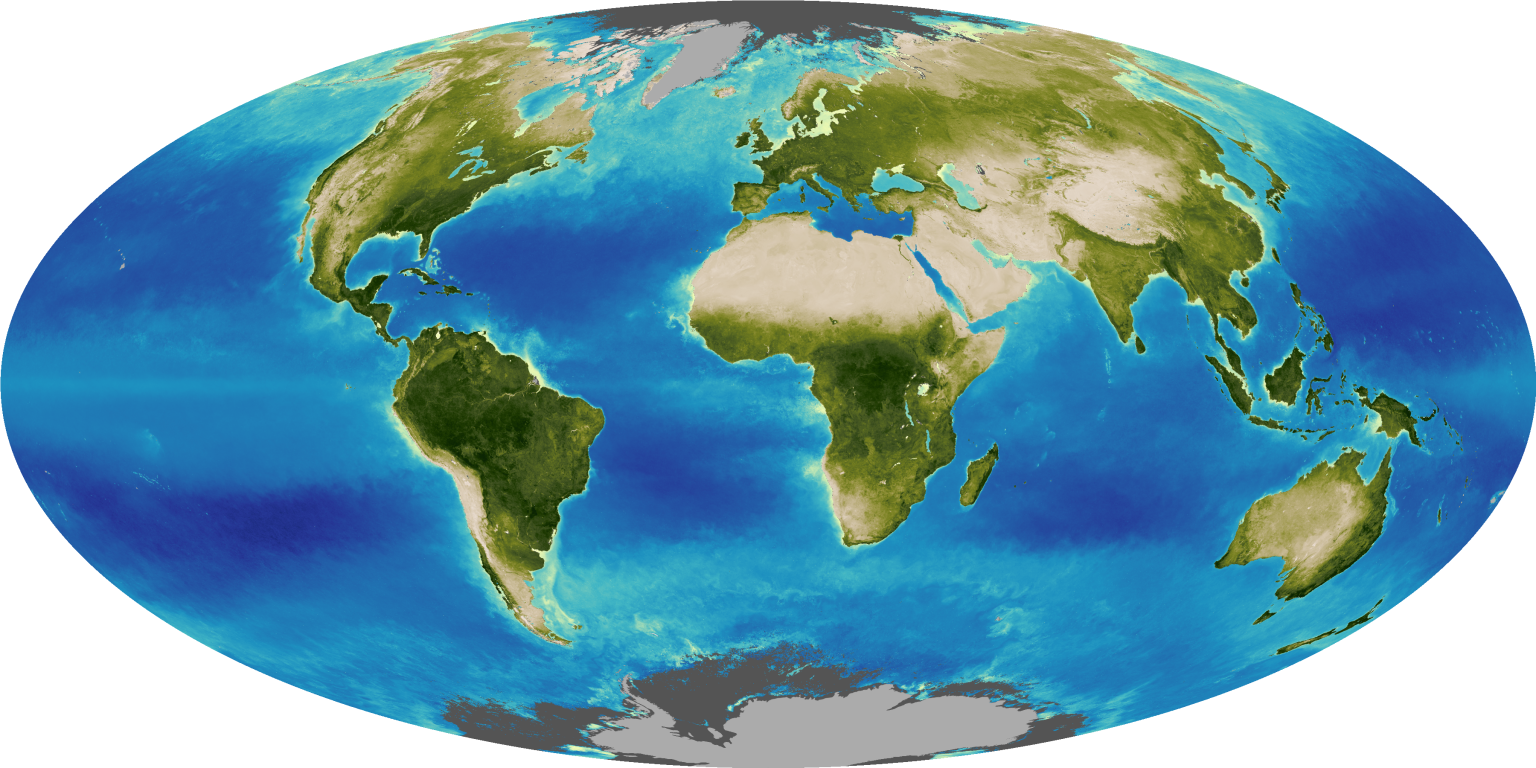A-Train: The Afternoon Constellation
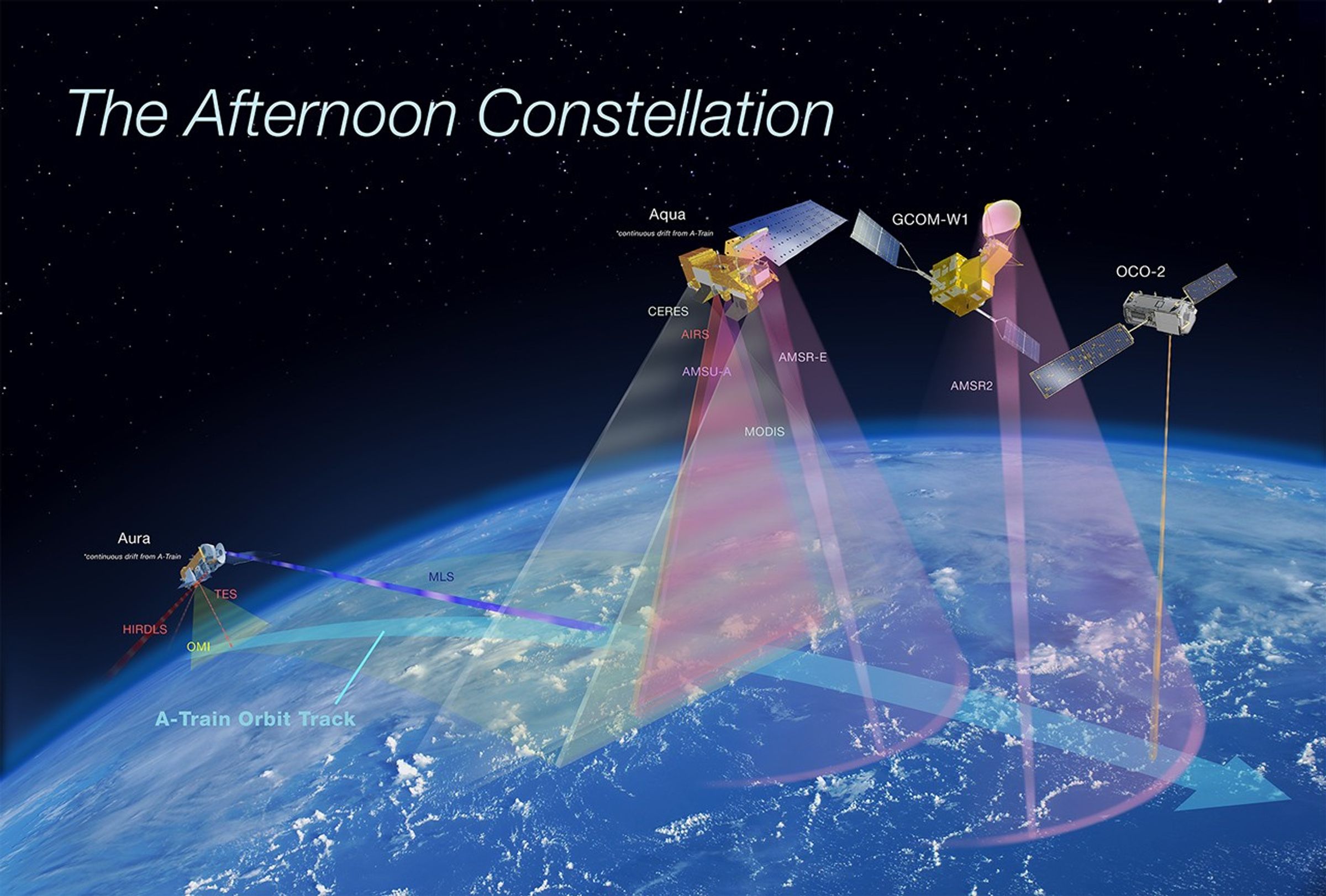
What is the A-Train?
From their vantage point high above the Earth’s surface, NASA’s Earth-observing satellite missions are uniquely positioned to obtain comprehensive global observations of our home planet. NASA’s Earth Science Division freely and openly shares these Earth Science data with various federal, state, local, and international partners, who use the data for scientific research as well as a variety of practical societal applications that policy makers can use to help craft environmental policy.
NASA satellite constellations are groups of satellites that fly in close proximity to each other in a carefully planned coordination that allows for measurement synergy between the missions—synergy means that more information about the Earth environment is obtained from the combined observations than would be possible from the sum of the observations taken independently.
The Afternoon Constellation
NASA and its international partners operate several Earth-observing satellites that closely follow one another along the same (or very similar) orbital “track.” A particular example of a coordinated group of satellites are in a sun-synchronous polar orbit, crossing the equator in an ascending (northbound) direction at about 1:30 PM local solar time, within seconds to minutes of each other—hence the name Afternoon Constellation. This allows near-simultaneous observations from a wide variety of instruments that are synergistically used to aid the scientific community in advancing our knowledge of Earth-system science and applying this knowledge for the benefit of society.
Five NASA missions are presently part of the Afternoon Constellation. This includes Aqua (launched in 2002), Aura (launched in 2004), the second Orbiting Carbon Observatory (OCO-2, launched in July 2014), and the Cloud-Aerosol Lidar and Infrared Pathfinder Satellite Observations (CALIPSO) and CloudSat (both launched together in 2006). In addition, there is a Japanese mission (launched in 2012) named the Global Change Observation Mission-Water (GCOM-W1). The French mission named the Polarization and Anisotropy of Reflectances for Atmospheric Science coupled with Observations from a Lidar (PARASOL) was lowered to 9.5 km under the A-Train on November 16, 2011, and ceased operation, fully exiting the A-Train on December 18, 2013.
The original Afternoon Constellation comprised a single set of coordinated satellites, that began in earnest in 2006 when CloudSat and CALIPSO joined in orbit with the Aqua (launched in 2002), Aura (2004), and PARASOL (2004) satellites. The constellation was nicknamed the “A-Train” because satellite names starting with an “A” led and trailed the constellation at the time. The train was later expanded with the inclusion of GCOM-W1 (2012) and OCO-2 (2014). On November 16, 2011, PARASOL was lowered to 9.5 km under the A-Train and on December 18, 2013 PARASOL ceased operation, fully exiting the A-Train.
In February 2018, CloudSat lowered its orbit out of the A-Train after technical issues that potentially affected the satellite’s maneuvering capability. In September 2018, CALIPSO executed a series of maneuvers to join CloudSat’s orbit. Therefore, by late September 2018, the international Afternoon Constellation included the A-Train satellites (OCO-2, GCOM-W1, Aqua, and Aura) as well as the C-Train satellites (“C” for CALIPSO and CloudSat). The C-Train flew 16.5 km (˜10 mi) below the A-Train and therefore followed a slightly different ground track, though it intersected the A-Train ground track about every 20 days allowing for regular simultaneity between A-Train and C-Train instrument observations.
CALIPSO and CloudSat ceased operations in 2023, ending the C-Train. CALIPSO ended its scientific mission August 1, 2023, after 17 years of operation. The final CALIPSO spacecraft passivation activities were successfully completed on December 15, 2023. Following the passivation of CALIPSO, CNES confirmed that there was no signal from the spacecraft during two ground contacts in Canada and French Guiana. With no more communication, CALIPSO is now decommissioned. CloudSat radar operations ceased on December 20, 2023, bringing to an end a rich 17 year and 8 month history of science observations.
As of summer 2025, both Aqua and Aura continue to collect science data; however, they have slowly drifted out of the constellation. Due to fuel limitations, Aqua completed the last of its drag makeup maneuvers in December 2021 and is now in a free-drift mode, slowly descending below the A-Train and drifting to later equatorial crossing times, and lower altitudes. Aura completed its final inclination adjustment maneuver in April 2023 to save remaining fuel, and consequently its equatorial crossing and orbit altitude is changing as well. As of January 2025, Aqua and Aura’s equatorial crossing times drifted by +50 and +15 minutes, respectively, and the orbit altitudes for both satellites decreased from a nominal 704 km to about 690 km.
The instruments on the remaining Afternoon Constellation satellites are used synergistically to improve our knowledge of clouds, aerosols, atmospheric chemistry, and other elements critical for understanding Earth’s environment and changing climate.
| Satellite | Summary | Instruments | Launch Date | A-Train Exit | Responsible Organization |
|---|---|---|---|---|---|
| Aqua | A synergistic instrument package measuring at visible, infrared, and microwave frequencies allows comprehensive studies of water in the Earth/atmosphere system, including its solid, liquid and gaseous forms, plus studies of vegetation, both on the land and in the ocean. | AMSR-E, AIRS, AMSU-A, HSB, CERES, MODIS | May 4, 2002 | December 2021 (orbit drift following final maneuver) | NASA/GSFC |
| Aura | Observations from limb sounding and nadir imaging allow studies of the horizontal and vertical distribution of key atmospheric pollutants and greenhouse gases and how these distributions evolve and change with time. | HDRLS, MLS, TES, OMI | July 15, 2004 | April 2023 (orbit drift following final maneuver) | NASA/GSFC |
| CALIPSO | Observations from space-borne lidar, combined with passive imagery, will lead to improved understanding of the role aerosols and clouds play in regulating the Earth’s climate. | CALIOP, IIR, WFC | April 28, 2006 | September 2018 (orbit lowering to C-Train), August 2023 (end of science collection) | NASA/GSFC, NASA/LaRC, CNES |
| CloudSat | Cloud Profiling Radar will allow for the most detailed study of clouds to date and should better characterize the role clouds play in regulating the Earth’s climate. | CPR | April 28, 2006 | Early-Fall 2018 (orbit lowering to C-Train), December 2023 (end of science collection) | NASA/GSFC, NASA/JPL |
| GCOM-W1 | Observations of water circulation changes. Specifically it will observe precipitation, vapor amounts, wind velocity above the ocean, sea water temperature, water levels on land areas, and snow depths. | AMSR2 | May 18, 2012 | JAXA | |
| OCO-2 | Three grating spectrometers will make global, space-based observations of the column-integrated concentration of CO2, a critical greenhouse gas. | Three grating spectrometers | July 2, 2014 | NASA/GSFC, NASA/JPL | |
| PARASOL | Polarized light measurements will allow better characterization of clouds and aerosols in the Earth’s atmosphere. PARASOL fully exited the A-Train and ceased operation on December 18, 2013. | POLDER | December 18, 2004 | November 2011 (orbit lowering), December 2013 (end of mission) | CNES |

